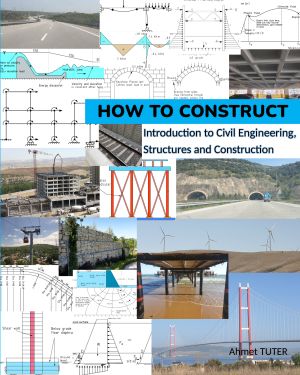Tile Paving Automated by Robots -

A floor tile paving robot is an advanced automated machine designed to efficiently lay tiles on various surfaces with high precision and speed. Utilizing sensors, computer vision, and pre-programmed algorithms, these robots can place tiles accurately, reducing human error and labor costs. They are capable of handling different tile materials, sizes, and patterns. By automating repetitive and physically demanding tasks, floor tile paving robots improve productivity while maintaining consistent quality and alignment, which is particularly beneficial in commercial and industrial settings. In addition to enhancing efficiency, floor tile paving robots contribute to workplace safety by minimizing the need for manual lifting and bending, which can lead to injuries in traditional […] Read More








